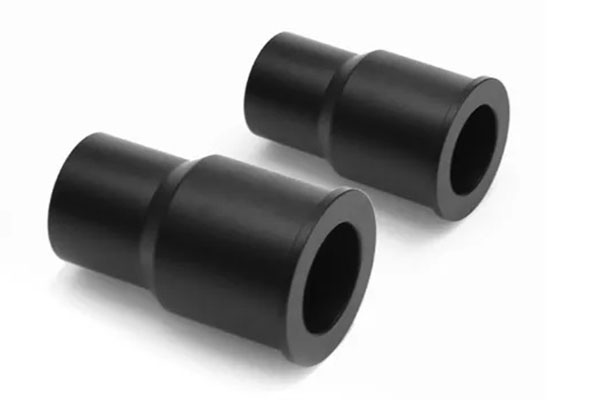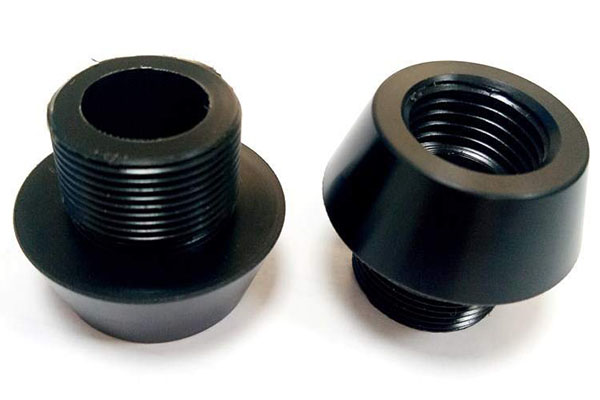What Is Plastic Revolution: Unlocking Plastic Manufacturing?
Introduction to the Plastic Revolution The importance of the plastic revolution to the plastic manufacturing industry cannot be overstated. It has not only led to the creation of countless new products but has also significantly changed the way products are designed, produced, and distributed. For instance, before the plastic revolution, materials like metal, wood, and […]
What Is Plastic Revolution: Unlocking Plastic Manufacturing? Read More »

